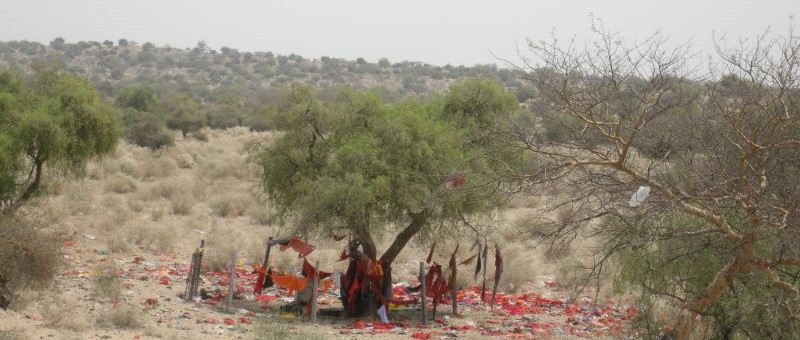 A sacred site in the semi-arid desert of Rajasthan, India
A sacred site in the semi-arid desert of Rajasthan, India
Shonil’s research engages with several key environmental concerns: agriculture and food security, biodiversity conservation, climate change and sustainability. In AstrobiologyOU, he is a member of the International Development workstream, which considers issues around the use of space technologies to support development, inclusion, innovation, partnerships and ethics.
Your work sits in an interesting space between natural sciences and social sciences. Why is that intersection important to you?
I have always consciously tried not to let myself sit in a silo; stuck in there, things tend to get very repetitive and boring! I’ve always tried to reach out to other disciplines and other researchers because it makes everything so much more interesting.
There are a couple of areas where some of the most interesting questions in astrobiology intersect prominently with my work and my thinking. The first is around Indigenous peoples, their environmental worldviews, their practices and cosmologies. My entry point into this space was through sacred sites; places of spiritual or religious value. The places where astrobiologists tend to do their fieldwork and gather samples are often considered to be remote, unreachable wastelands, yet for their Indigenous peoples, these places have strong cultural, spiritual and religious values. This points to a very different cosmology, different ways of thinking about the natural world, different worldviews that inform Indigenous peoples’ engagement with these environments.
The second area is my work in biodiversity; considering what biodiversity might look like in the Anthropocene. Some of my research in the long-term development of biodiversity uses archival material that shows what the biological inventory of a place looked like hundreds of years ago, compared to today, while other research techniques, such as paleoecology (the study of the ecology of fossil plant and animal communities), go even further back. Astrobiology is interested in how ecological communities develop in extreme environments to enable us to draw out some principles for the development of life on other planets, so a long-term ecological perspective is important.
It strikes me that if we look for life at the extremes, tardigrades will be among the first species we are likely to spot!
Last, alien or non-native species, often species introduced to an area by humans, don’t belong to the land they have been introduced to, yet some have demonstrated an amazing ability to survive and make their new habitats their home sometimes becoming ‘invasive’. Astrobiology expands the discussion about species’ thresholds, their capacity, resilience and ability to survive in extreme environments beyond Earth.
For example, tardigrades (water bears) are microscopic living creatures that are known to survive poor conditions on Earth by drying themselves out and slowing down the processes that support life. A European Space Agency mission in 2007 proved that tardigrades can survive exposure to space and the 2019 Israeli Beresheet mission to the Moon included some to see if they survived. It strikes me that if we look for life at the extremes, tardigrades will be among the first species we are likely to spot!
Space research is often seen as quite techy – rockets, rovers, laboratory equipment, yet your work is very human-centred. What does your perspective on the world bring to astrobiology?
Technologies and tools are important for astrobiologists so they can gather data, conduct experiments and examine the amplitudes, limits and margins of life but there are some fundamental questions about innate properties of organisms themselves, the conditions in which life survives, conditions in which biological diversity evolves on our planet … fundamental questions about life in the extremes that need to be answered.
During the Covid-19 pandemic, fieldwork-dependent scientists realised very dramatically that without local partnerships, without genuine engagement with local researchers and local communities, it is impossible to do any work. Local expertise is hugely important. Communities living in extreme environments have observations and experience that have created a world view around their landscape that is encapsulated in stories and narratives. For a scientific expedition, getting to the best places to take samples is the primary goal but to reach those places they will inevitably need to collaborate, engage and partner with Indigenous communities whose people have that intimate, long-term, knowledge of the environment. One of the best methods I have found is to walk through a place with local people. Walking with another person reveals things you haven’t thought of and improves your understanding of space and place.
During the Covid-19 pandemic, fieldwork-dependent scientists realised very dramatically that without local partnerships, without genuine engagement with local researchers and local communities, it is impossible to do any work.
If there is sufficient openness, listening and willingness to understand alternative views, surprising discoveries can be made. A scientist on a fieldwork campaign may not immediately be able to identify a species that lives in that environment, but local people can. In biodiversity studies, new species are discovered on every fieldtrip but this couldn’t be done without local para-taxonomists who live in the landscape. They can describe the behaviour of a new species, its seasonal settings, its way of life … the detailed observations that come from long-term embeddedness can help scientific missions. Without local partnerships, scientists wouldn’t be able to find these new species and uncover the richness and diversity of life in extreme and remote landscapes.
What Edward O Wilson, the famous biologist, called ‘consilience’ is very relevant here. ‘Consilience’ is about the meeting of different views that helps to enrich each other’s knowledge. Even though scientists have particular tools and methods, understanding of other views and other ways of thinking about the landscape can enrich the pursuit of knowledge.
You lead the International Development group in AstrobiologyOU. There isn’t an obvious connection between development and astrobiology, so what do you think astrobiology offers International Development and International Development offers astrobiology?
Location is where direct intersections are evident. Astrobiology as a science is dependent on being in a location, to take samples, but even though a location is a physical space, it’s entangled with the coloniality both of the past and also of the present economic, social and cultural context. International Development is a very interdisciplinary way of thinking about this; a collection of different ways of thinking. The ways in which the social, environmental and cultural come together in International Development is helpful for astrobiologists who want to conduct their research in an ethical, respectful and appropriate way. And in turn, astrobiology is an interesting case study to develop ethical guidelines for engagement, interaction and collaboration; a blueprint from which other sciences can learn.
Another issue is the technology in space sciences. Astrobiology is a very advanced field of research, and some of its technologies are beyond comprehension for people from a non-technical background. But when you operate in a place, it’s very important to ensure technologies are appropriate for the local context, with an awareness of local conditions and sensitivities. That’s where interdisciplinary understandings can help researchers to think about what is locally appropriate in terms of using that technology. Is it acceptable to local people, are there any taboos around certain materials or certain kinds of technology, how are local people likely to view inanimate objects doing animate work and how do people engage with the idea?
Interdisciplinarity clearly offers benefits but what do you think are the challenges it poses?
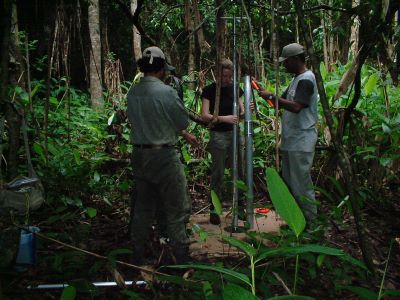 Long-term ecological work in the tropical forests of Kodagu, Karnataka, India
Long-term ecological work in the tropical forests of Kodagu, Karnataka, India
Things can get lost in translation. For an anthropologist, an ethical framework and an awareness of the colonial history of anthropology as a discipline will be of paramount importance, whereas for a younger scientific discipline, such as astrobiology, that may not be an obvious problem; as a new science, a new discipline, the historical connection of coloniality and relationships between colonised and colonisers is not in its framing. That can be a place where tensions arise. A scientific expedition has very particular objectives and is funded through very particular sources who might not appreciate the ethics of going to and collecting material from a so-called ‘wasteland’. Anthropology and other disciplines that have a much longer history of development have these issues at the forefront of their thinking, so an interdisciplinary conversation can help, can slow things down, allow everyone to think within the same frame of mind and take interdisciplinary work further through mutual exchange.
There are also issues around funding interdisciplinary research. To understand local context and issues takes long-term engagement with a place and it is almost impossible to be funded for a long time. There are tensions between charismatic research in sciences and technology versus non-charismatic research in International Development. Science has a different kind of funding landscape and different ways of using funding. We have to find creative routes to new funding, such as philanthropic funders who are driven by a particular ‘mission’. If we can creatively find intersections with that mission, then philanthropic funding can help fund interdisciplinary research.
This is where the engaged research becomes really important. In lean periods we have to find new ways of keeping collaborators engaged; maybe not doing funded research but thinking about knowledge exchange and impact. For example, I have worked with the College of Forestry in South India for more than twenty years, through two or three different projects, but I have continued to mentor Masters students, which has kept relationships alive through gaps in funding until new projects emerged.
Finally, what’s the next step in your research?
AstrobiologyOU has brought people together in ways that we couldn’t imagine. I’m confident that the group will thrive and develop collaborations beyond astrobiology. Knowledge exchange and knowledge transfer will continue to matter for astrobiology science and we also have to think about sustainability through the research – teaching – knowledge exchange nexus, perhaps looking towards developing an astrobiology curriculum supported with an interdisciplinary approach. Post-pandemic, I hope we will be able to engage more with astrobiology research on the ground and be able to work longer-term with communities.
 This article is part of the Astrobiology Collection on OpenLearn. This collection of free articles, interactives, videos and courses provides insights into research that investigates the possibilities of life beyond the Earth and the ethical and governance implications of this.
This article is part of the Astrobiology Collection on OpenLearn. This collection of free articles, interactives, videos and courses provides insights into research that investigates the possibilities of life beyond the Earth and the ethical and governance implications of this.

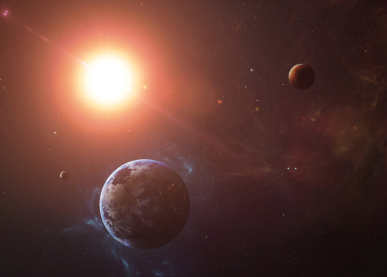
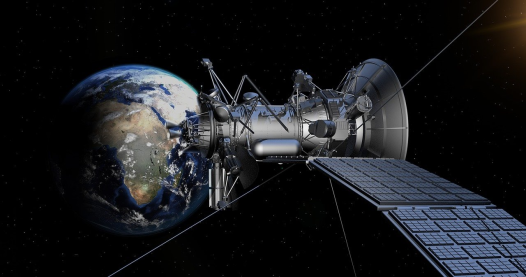
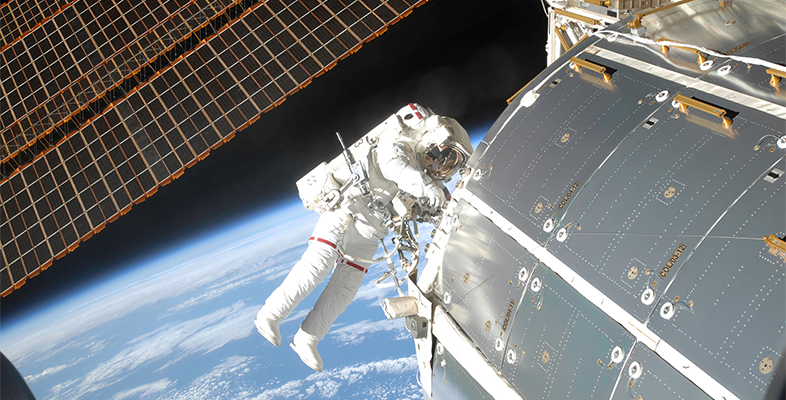
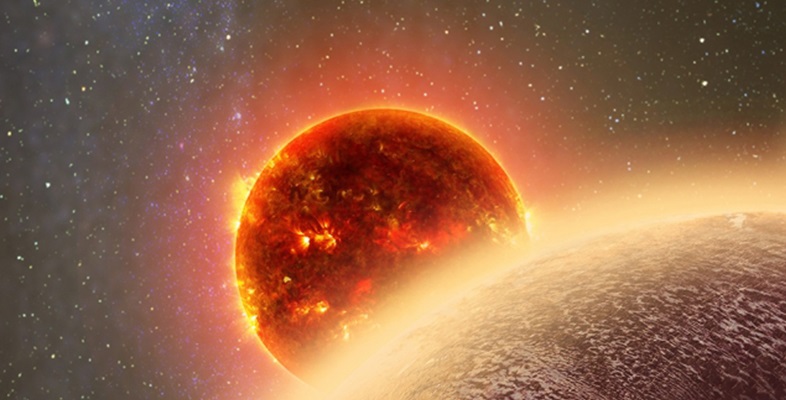
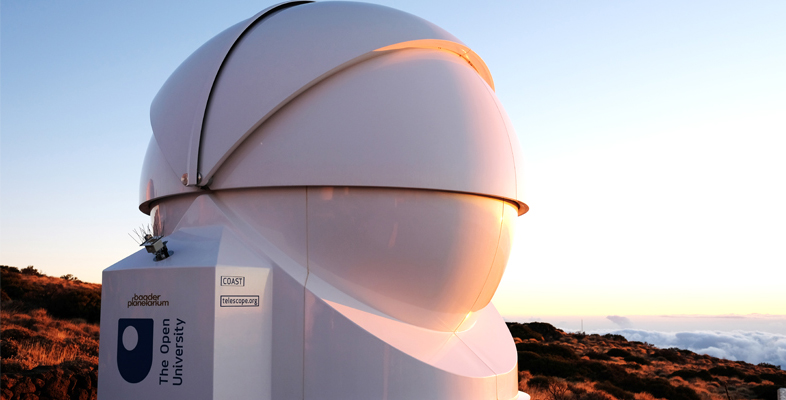
Rate and Review
Rate this article
Review this article
Log into OpenLearn to leave reviews and join in the conversation.
Article reviews